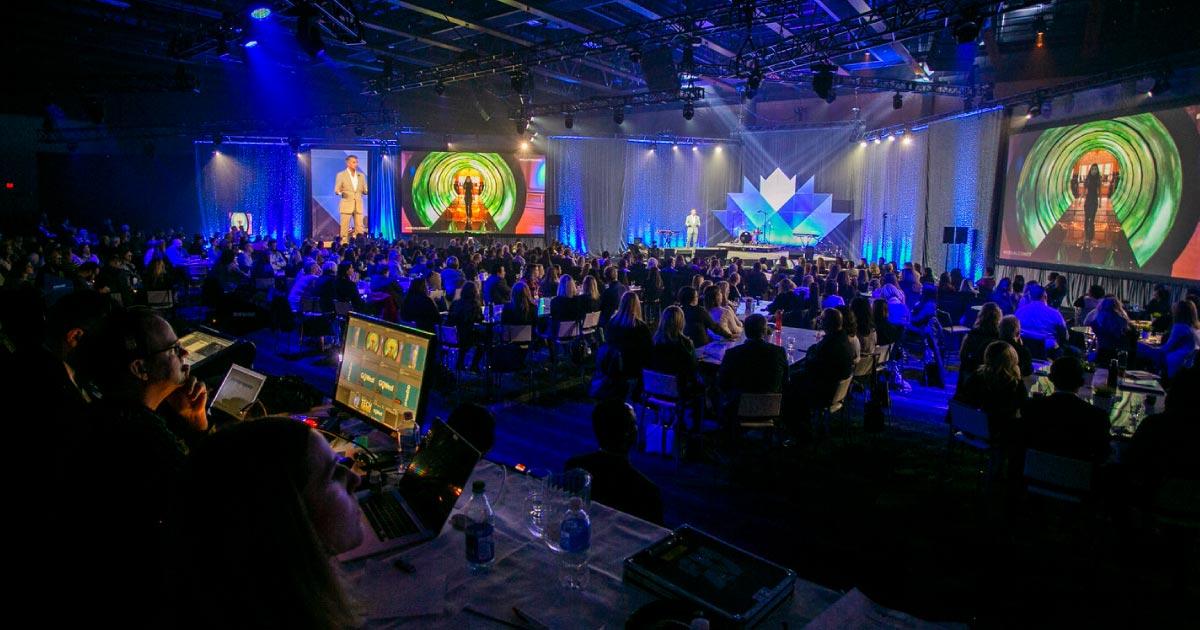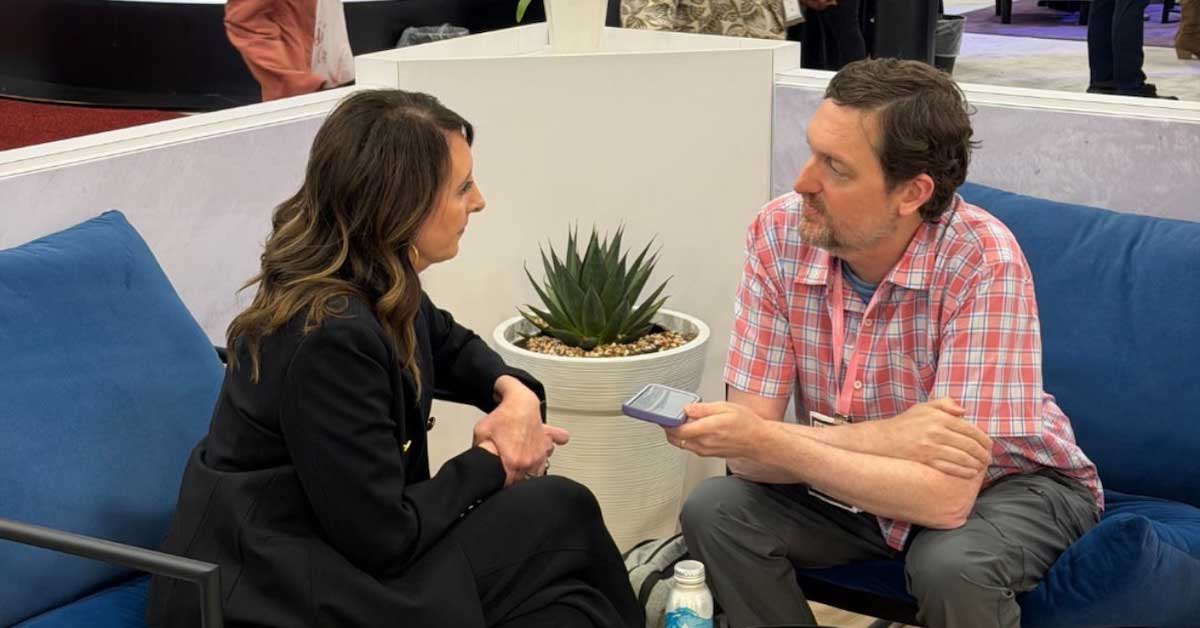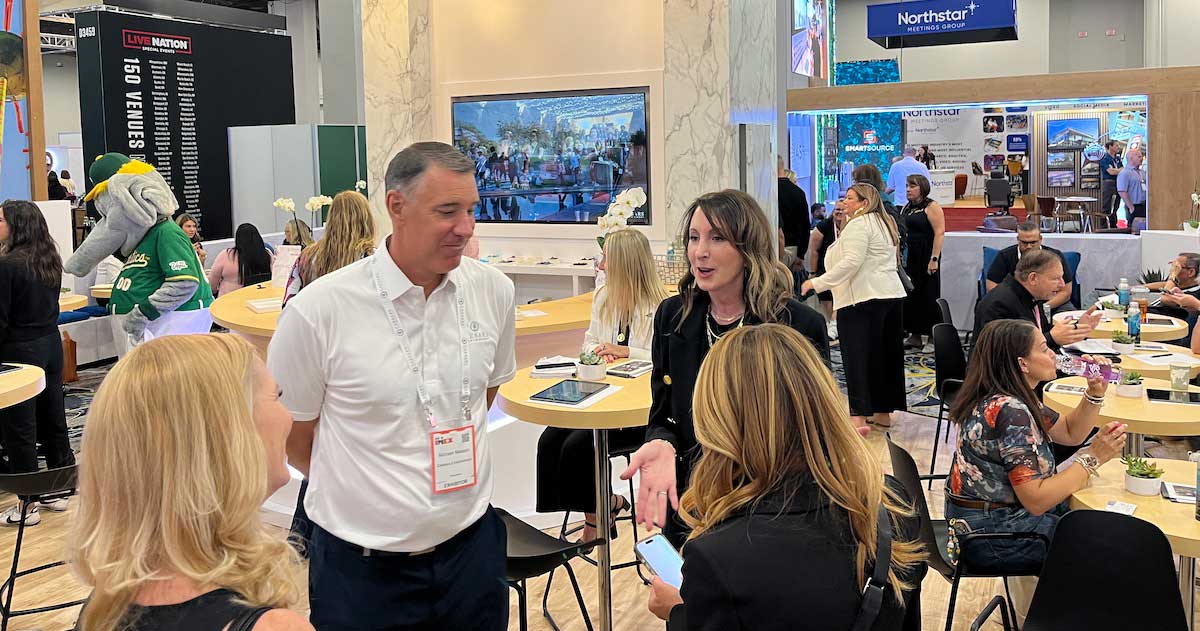Nothing about the way we currently plan meetings makes it easy to create compelling spaces that stimulate and engage delegates.
The basic tool set: folding tables and stacking chairs, remains the dominant option meeting planners consider when designing the spaces in which their meetings will take place. To aid planners, venues offer capacity charts and diagrams for banquet, theatre, classroom, boardroom, u-shaped and O-shaped configurations. None of these configurations consider that anything other than a limited and predictable set of 30” high table options and stacking chairs are an option.
Planners embrace this approach as the venues generally offer tables and chairs at no cost. But is it really a no cost proposition? What are we giving up by not considering other layouts and seating options? Diminished interaction and reduced engagement are the two biggest costs of this approach.
For social and networking events at meetings, planners look to designers to think about things like colour, texture, light, comfort, style and branding. When it comes to meeting sessions planners don’t seem to think the same way. If the design of a general session and breakout spaces is considered at all, it is generally an AV or technical supplier that the planner turns to and the primary focus is the stage look, screen placement and technical requirements. Not enough thought is given to the ways in which layout, furniture and décor can enhance the meeting environment and delegate experience.
How Can We Do It Differently
It’s time for that to change. By harnessing the power of thoughtful design, meeting planners can reap huge impact and rewards for their delegates. A well laid out space using a broader range of furniture and décor will:
- Facilitate interactions among people,
- Positively affect a delegate’s behavior and motivation to act,
- Enhance mood,
- Reduce stress,
- Create a sense of well-being and belonging.
Meeting design, like architecture and interior design, are problem-solving processes that begin by listening and understanding the needs and preferences of those who will use the space, then looking for ways to address those needs. It’s time to look beyond the u-shaped breakout room and schoolroom seating in the general session and consider a broader range of options for your next meeting.
Here are 10 tips for rethinking meeting design for planners:
Think about furnishing meeting spaces
Think about furnishing the way you think about furnishing a living room. Look to create seating options that are comfortable and inviting; configurations that enhance interaction and conversation. The goal should be to design spaces that make your guests feel welcome and at home.
Empower your delegates
Offer a variety of seating options: from soft seating lounges to traditional tables and chairs to high communal tables with stools, so that your delegates can select a seating option that suits their personality, preference and mood.
Consider seating
If you decide a variety of options will work for your event, place the lowest seating (lounge groupings) at the front of the room and the highest (communal tables and stools) at the back. Position high tables, without stools, at the back of the room so that guests can either stand for the session or stand until they decide where they want to be.
Consider devices
Provide seating options that include charging for laptops and handheld devices.
Breakouts should be fun
Treat break-out sessions as an opportunity to have some fun. Use furniture to establish a completely different ambience: lounge seating, beanbag chairs, sling chairs, swings and rockers…seating options that will tickle the imagination of your participants.
Create intimate gatherings
Breakouts should also create intimate groupings that nurture closeness and encourage dialogue and interaction.
There’s value in comfortable & stylish
Even in situations where the stacking chair and folding table seem like the best response, consider looking for more comfortable and stylish stacking chairs and colourful linens to set your meeting apart from the norm. Be different for difference sake.
Prepare floor plans
Remember that bigger furniture requires more space. Prepare preliminary floor plans for your preferred venue before you commit. Make sure the spaces you’re booking are big enough.
Engage a rental supplier early
Make sure that supplier can work with you to create designs that are functionally appropriate, on brand, and affordable.
Budget for the cost of furniture
These costs will be paid back in greater engagement, stronger connections and happier delegates.
This article has been edited from first publishing at GO WEST.
Photo credit: SEPdigital







